Nov 07, 2025
A rodless cylinder is a type of pneumatic component that uses compressed air to move a load along a linear path. Unlike traditional cylinders, a rodless cylinder operates without a piston rod, using the piston directly connected to a carriage to drive the load in the direction of piston movement.
A rodless cylinder is a type of pneumatic actuator that operates without an external piston rod. Similar to a conventional cylinder, it uses compressed air to drive a piston in a reciprocating motion. The force is transmitted through either magnetic or mechanical coupling between the internal piston and the external carriage, allowing the load to move along the cylinder’s stroke direction.
The type of rodless cylinder minly include Magnetically Coupled and Mechanically Coupled.
Magnetically Coupled
In one type of magnetically coupled rodless cylinder, powerful permanent magnets are installed both inside the piston and on the external carriage. As the piston moves back and forth within the cylinder under the force of compressed air, the corresponding carriage also moves synchronously. This type of cylinder is completely sealed, leak-free, and operates smoothly with minimal noise. It is ideal for light-load, clean, or space-constrained applications, including electronic assembly lines, semiconductor equipment, and small transfer or pushing devices.
Mechanically Coupled
In a mechanically coupled rodless cylinder, the internal piston is directly connected to the external carriage through a mechanical linkage that passes through a sealed slot in the cylinder barrel. Compressed air drives the piston to move back and forth inside the cylinder, and the carriage moves synchronously via this mechanical connection. A flexible sealing band is used to maintain airtightness and prevent air leakage from the slot. This type of cylinder provides higher thrust, greater load capacity, and stronger resistance to side loads. It is ideal for heavy-duty, long-stroke, or high-precision applications such as material handling systems, packaging machinery, and automation equipment.
The magnetically coupled rodless cylinder can be viewed as consisting of two integrated components: a standard piston moving inside the cylinder tube and a load-bearing slider moving externally along the tube. Both components contain permanent magnets. The specific working process is as follows: when compressed air drives the internal piston to move left or right, the inner magnetic band moves accordingly.
Due to the strong magnetic force, the external slider (via the outer magnetic band) is firmly attracted to the internal piston and moves synchronously with it.
The cylinder tube itself is a completely sealed unit, entirely isolating the internal compressed air from the external environment.
The mechanically coupled rodless cylinder consists of three main working components: the cylinder body, the piston, and the slider. Compressed air enters the cylinder from one end, driving the internal piston and generating a tendency to move left or right. The motion of the piston is directly transmitted to the exterior of the cylinder body via a rigidly connected mechanical coupler. As the coupler moves along with the piston and slider, it pushes the sealing strips apart. However, in front of the coupler, the sealing strips immediately snap back and re-close to prevent air leakage, while behind it, the sealing strips remain closed. This working mechanism can be likened to the action of a zipper.
You May Interest In

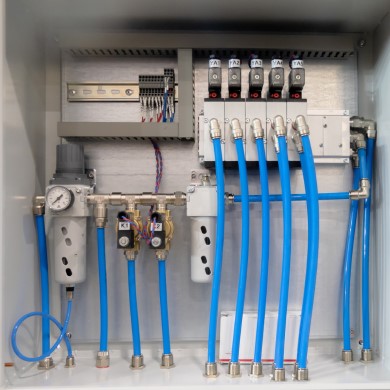
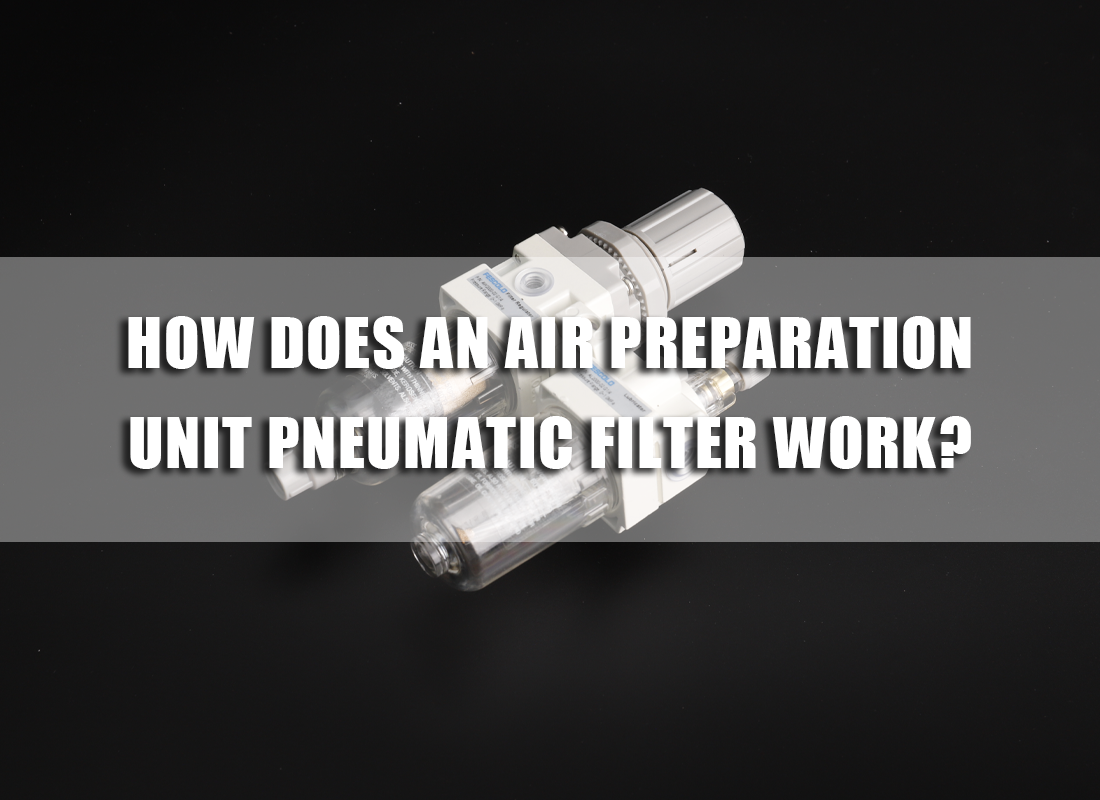

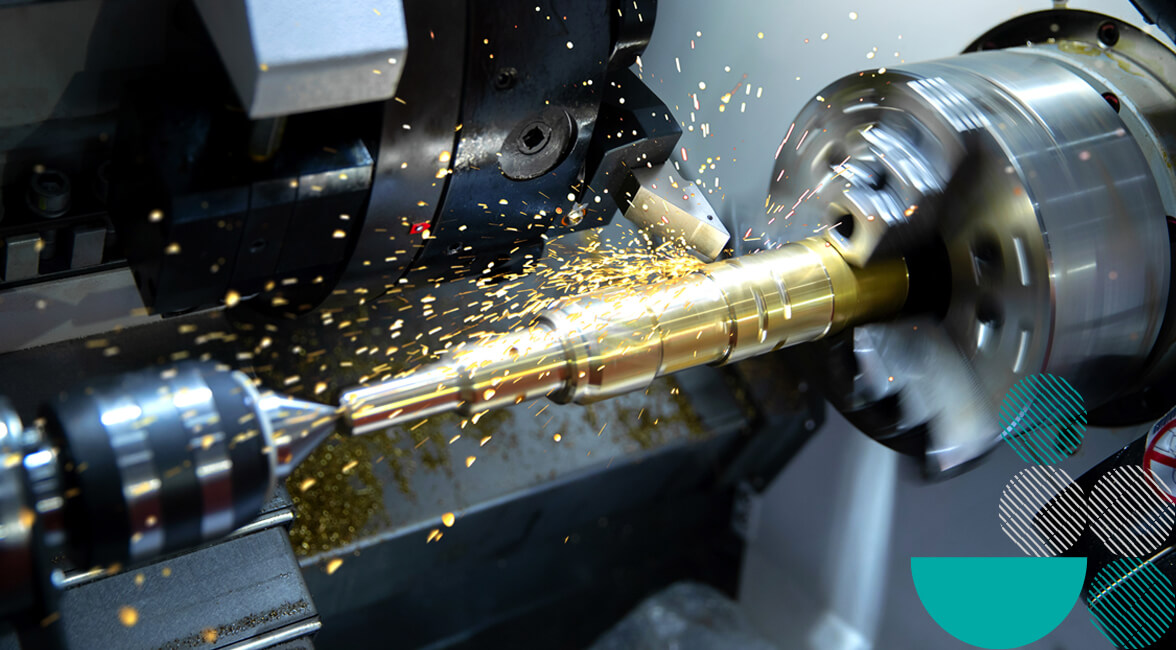
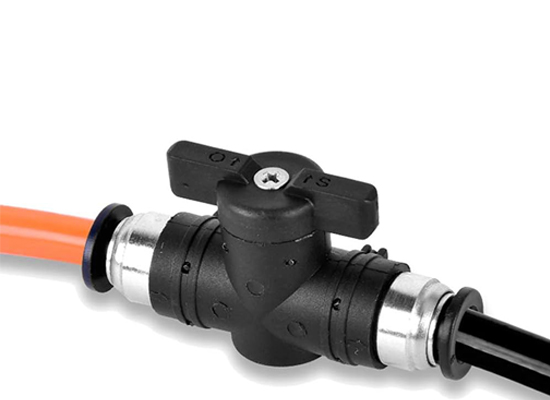
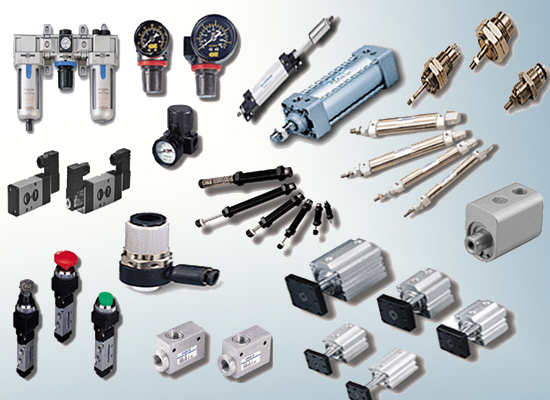


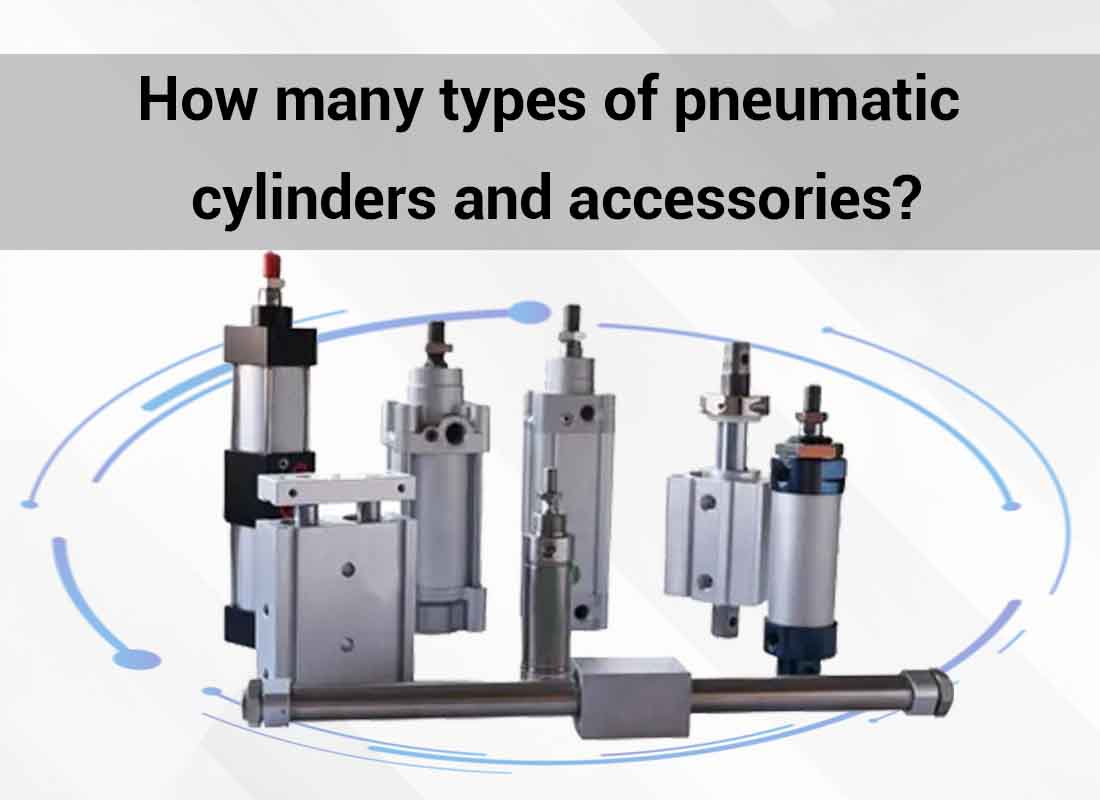
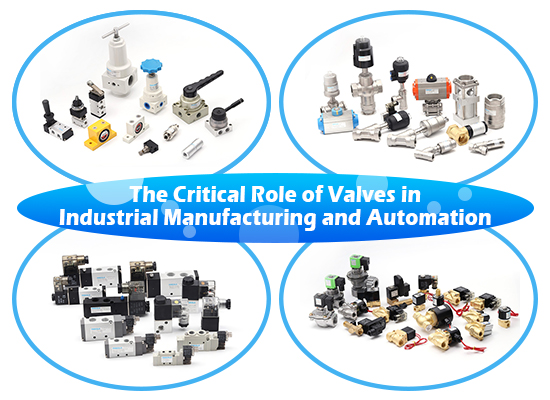
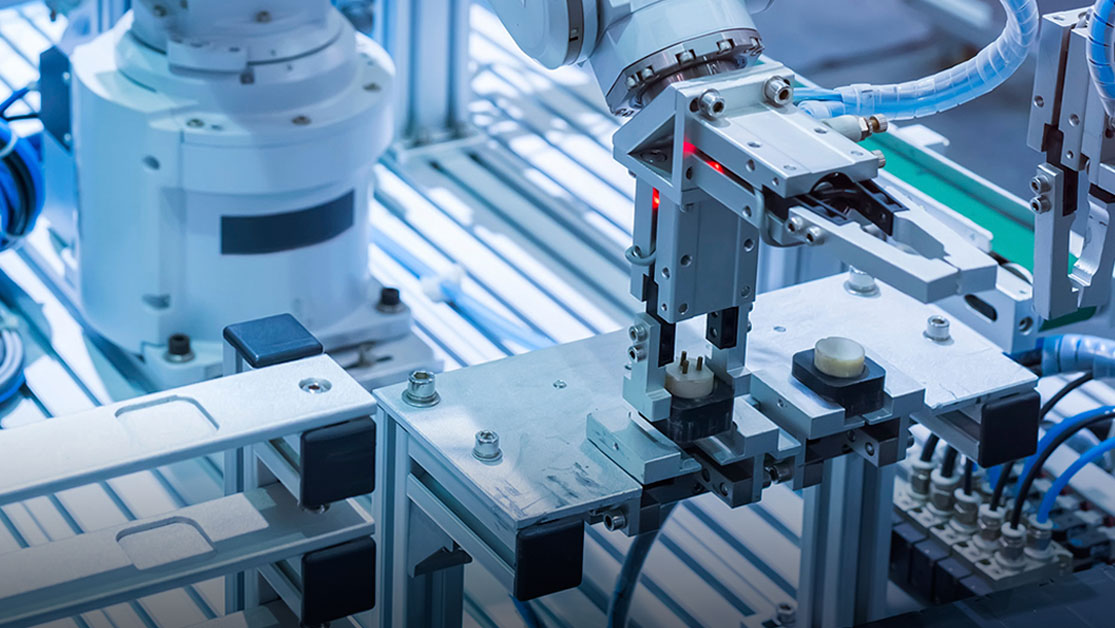
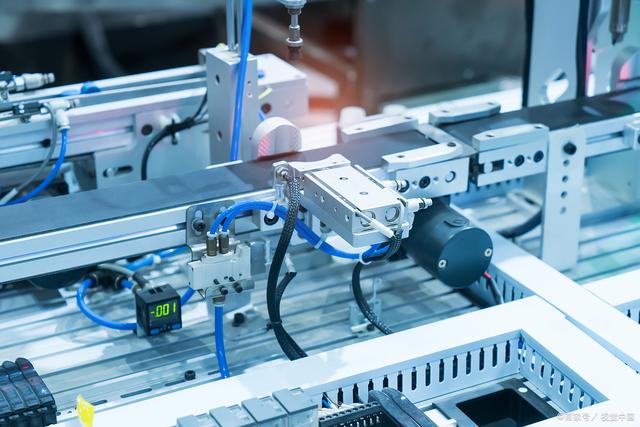
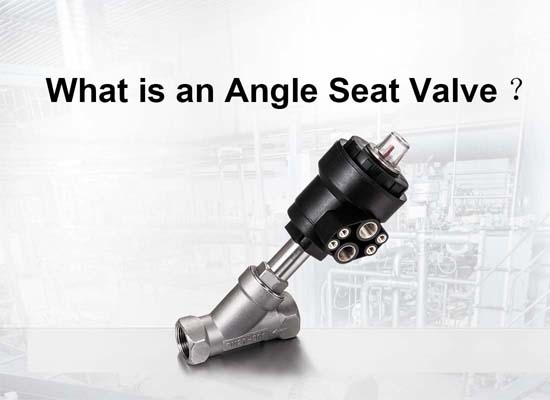
Apr 18, 2025 Blog
What is an Angle Seat Valve?Links: www.fescolo.com(Pneumatic)
FOKCA ©1998-2025 All Rights Reserved Sitemap